Related Research Articles
Thierry Veltman is a Dutch painter, sculptor, ceramist and art educator. He focuses in particular on figures and still life.

Mathilda (Til) Brugman was a Dutch author, poet, translator, and linguist.
Henk Peeters was a Dutch artist. He was an active member of the ZERO movement. Peeters was born in The Hague. He studied Fine Art at the Koninklijke Academie voor Beeldende Kunsten in The Hague and taught from 1957 until 1972 at the Art Academy in Arnhem, the Netherlands. Until his death, Henk Peeters restored artworks from the Nul period and remained an active spokesman for the Nul group.
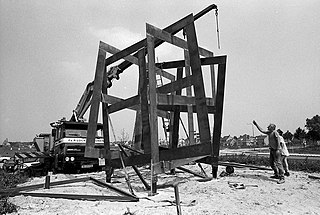
Jan Goossen was a Dutch sculptor.
Lukas Smits is a Dutch painter.
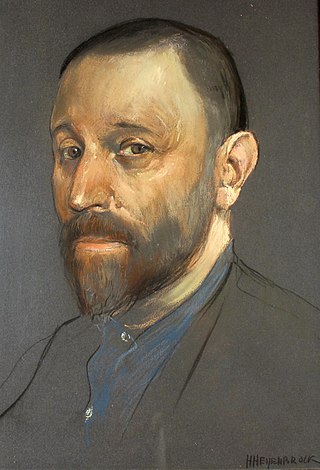
Herman Heijenbrock, was a Dutch writer, painter, pastel draughtsman, and lithographer. He founded the "Museum van den Arbeid" in 1923, which later became NEMO Science Museum.

Abraham Hulk Senior was an Anglo-Dutch painter, draughtsman and lithographer. He initially trained as a portraitist, but became a well-known as a marine-painter and the patriarch of a whole family of Anglo-Dutch artists.

Museum de Oude Wolden, abbreviated as MOW, is a regional museum in the village of Bellingwolde in the Netherlands. The museum focuses on art and history of the regions of Oldambt and Westerwolde in the east of the province of Groningen.
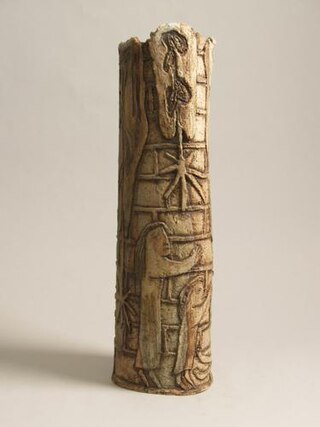
Johanna Jacoba (Johnny) Rolf is a Dutch ceramist, drawing artist and sculptor.
Teunis (Teun) Jacob was a Dutch wall painter and sculptor, who lived and worked in Rotterdam since the early 1950s. He made both figure and nonrepresentational art.
Daniël (Daan) van Golden was a Dutch artist, who has been active as a painter, photographer, collagist, installation artist, wall painter and graphic artist. He is known for his meticulous paintings of motives and details of everyday life and every day images.
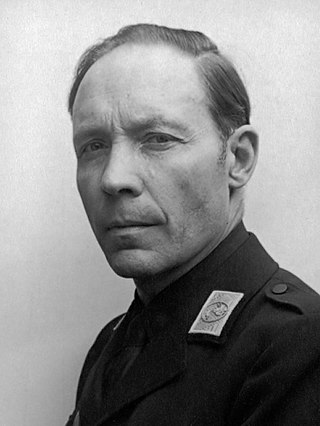
Ed Gerdes or Eduard Gerdes (1887–1945) was a Dutch painter, art teacher, member of honorary art selection committees and during the last years of his life head of the Dutch Kultuurkamer.

Simon Moulijn was a Dutch painter, draughtsman and graphic artist. He was one of the eminent visual artists of his time and became especially well known for his lithographic works.
Koos de Bruin (31 December 1941 – 15 March 1992) was a Dutch painter, draftsman, sculptor and graphic artist.
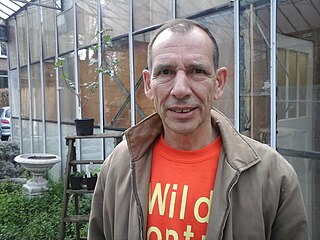
Bernardus Stefanus Henricus (Ben) Zegers is a Dutch visual artist, active as a sculptor and installation artist, and teacher and coordinator at the Gerrit Rietveld Academy.

The Rotterdamse Kunststichting RKS was an independent foundation to promote art and culture in Rotterdam from 1945 to 2005. In 2005 the foundation merged into the Rotterdam Council for Art and Culture, an advisory body, while the other tasks were transferred to the Art and Culture department of the municipality of Rotterdam.
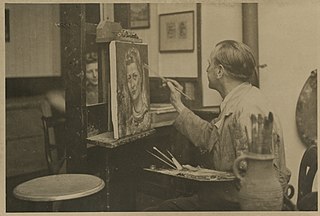
Jos Croin was a Dutch painter. His work was part of the painting event in the art competition at the 1924 Summer Olympics. Croin's work was included in the 1939 exhibition and sale Onze Kunst van Heden at the Rijksmuseum in Amsterdam.
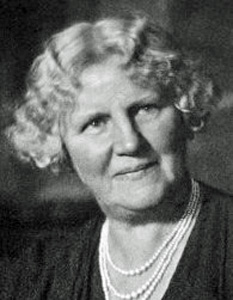
Anna Martha Elizabeth Bruin (1870–1961) was a Dutch painter known for her landscapes.

Regina Engelina Maria (Giny) Vos is a Dutch visual and conceptual artist. She has made almost thirty monumental works of art for public spaces.
Gerhard Alexander "Gerry" Schum was a German cameraman, filmmaker and Video artist. The TV-exhibitions he produced for his Fernsehgalerie Gerry Schum around 1970 were among the first art programs without any explanation or commentary to be broadcast on television.